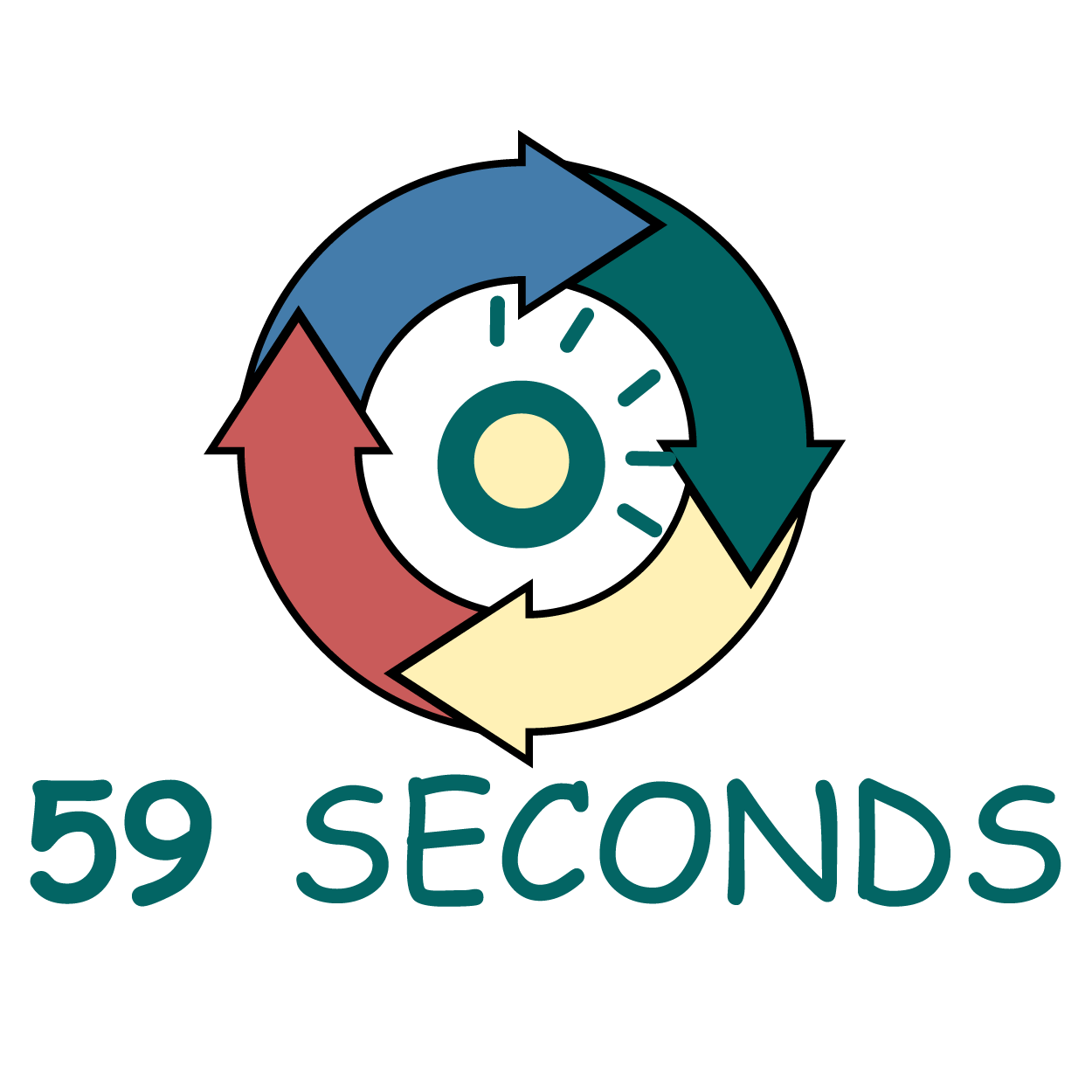Transformation is a continuous process, particularly in the software development industry. In order to remain current and relevant, processes and systems must undergo constant change, and the first place that an organisation must take a look into is their value stream map. VSM or value steam mapping has long been used in production lines and quite popularly in the automobile industry. VSM was adapted in the software development industry later on, and since then, it has helped organisations transform the way their organisation runs. So how do organisations choose which value steam map to use? Let’s take a look at the two options and discuss each of these options.
What is the current state of the project?
There are two different project classifications in software development: Greenfield and Brownfield. While these terms are original to real estate development, it also perfectly applies to software development, seeing projects as either new developments or old developments. To develop the most suitable value stream map for an organisation, these two sides must be carefully evaluated, to understand what the current state of the systems and processes are, to identify the steps that need to be taken to improve the current state map, and to be able to build and include the right teams and individuals to serve as the propensity for change.
Greenfield Service
The word ‘green’ indicates that the value stream map is going to be applied to a new project that has neither been worked on nor started with. This applies to completely new and untouched projects, and are to be built with fewer constraints resulting from implementation and following a new and improved value stream mapping that is designed for it. This approach is ideal for projects that have already been funded and already have teams assigned to it or will be given the teams to work on it.
Greenfield projects lack the typical constraints brought about by previous and current work, allowing developers to carry out the work with much ease, through the guidance of a leaner, more efficient value stream map.
Greenfield teams and projects are first and foremost, cloud first in nature and utilise newer tools and runs on a more agile work approach, giving teams and the individuals within these teams the speed and the ability to adapt to changes much quicker than if they were bound by constraints of on-site and legacy services constraints. Cloud has become the default for new investments, as greenfield services start with a clean slate and are guided by a more efficient value stream map. This ensures a more secure and more efficient work flow that yields a more stable and more reliable product. Here are some points to consider if this approach is the right one for any incoming project.
- Pros
Complete agile work framework from start to finish, including maintenance
Working with a clean slate
Free of constraints from legacy or existing projects
Independence from legacy or existing projects
Building with new tools and solutions
Allow building with 3rd party apps, obtained via cloud
- Cons
No previously implemented path to be guided with
Possible development route can be overwhelming without a clearly defined project structure
Requires work in defining the aspects of the new system
Requires work in explaining the process of change and sometimes met with resistance
